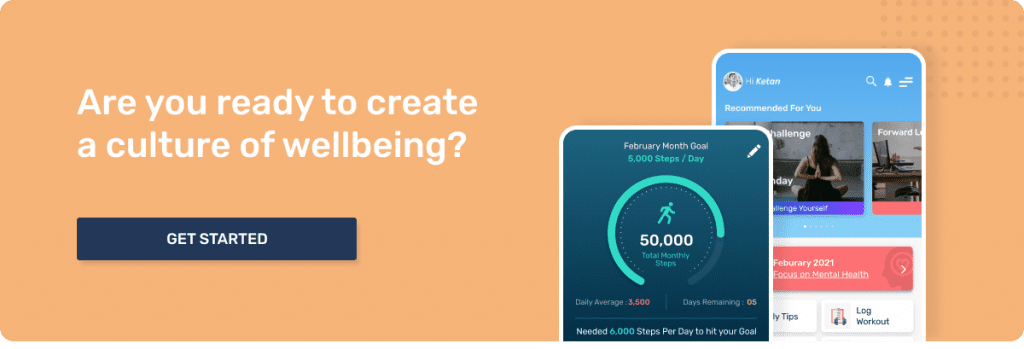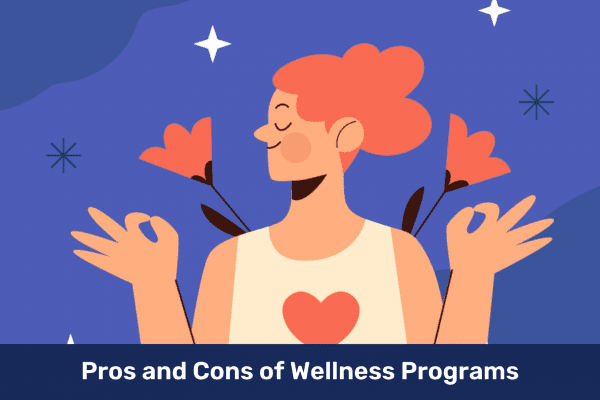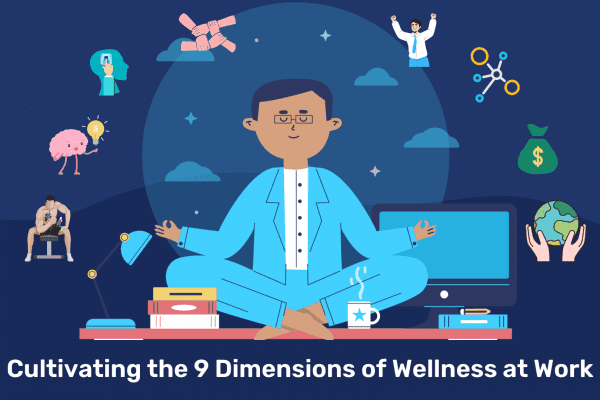Introduction
Workplace wellness is a dynamic initiative gaining prominence as employers are increasingly recognizing the significance of promoting a healthy work environment, and various activities are being implemented to ensure the well-being of their workforce. In this article we will discuss some wellness tips for employees to stay healthy in a work environment.
Staying healthy in a job is not merely a personal goal but a strategic imperative for both employees and employers. According to a survey by the World Health Organization, employees with better health and well-being are 20% more productive at work. In addition, absenteeism due to health issues is a significant concern for organizations, costing them an estimated $225.8 billion annually in the United States alone, according to the Centers for Disease Control and Prevention.
Ensuring the well-being of employees is not just a moral obligation but a strategic business decision. A healthier workforce translates to increased productivity, reduced healthcare costs, and a more positive workplace culture. Moreover, healthy employees are more likely to stay engaged, leading to lower turnover rates.
To underscore the importance of workplace wellness, employers are not only implementing health programs but also creating environments that promote healthy choices. This includes providing nutritious snacks, organizing fitness classes, and encouraging regular breaks to combat sedentary behavior.
Prioritizing the health and well-being of employees is not only a moral responsibility but a strategic investment that pays dividends in productivity, employee satisfaction, and overall business success.
Check out these amazing workplace wellness tips for employees to improve health and wellness.
What is Mental Health in the Workplace?
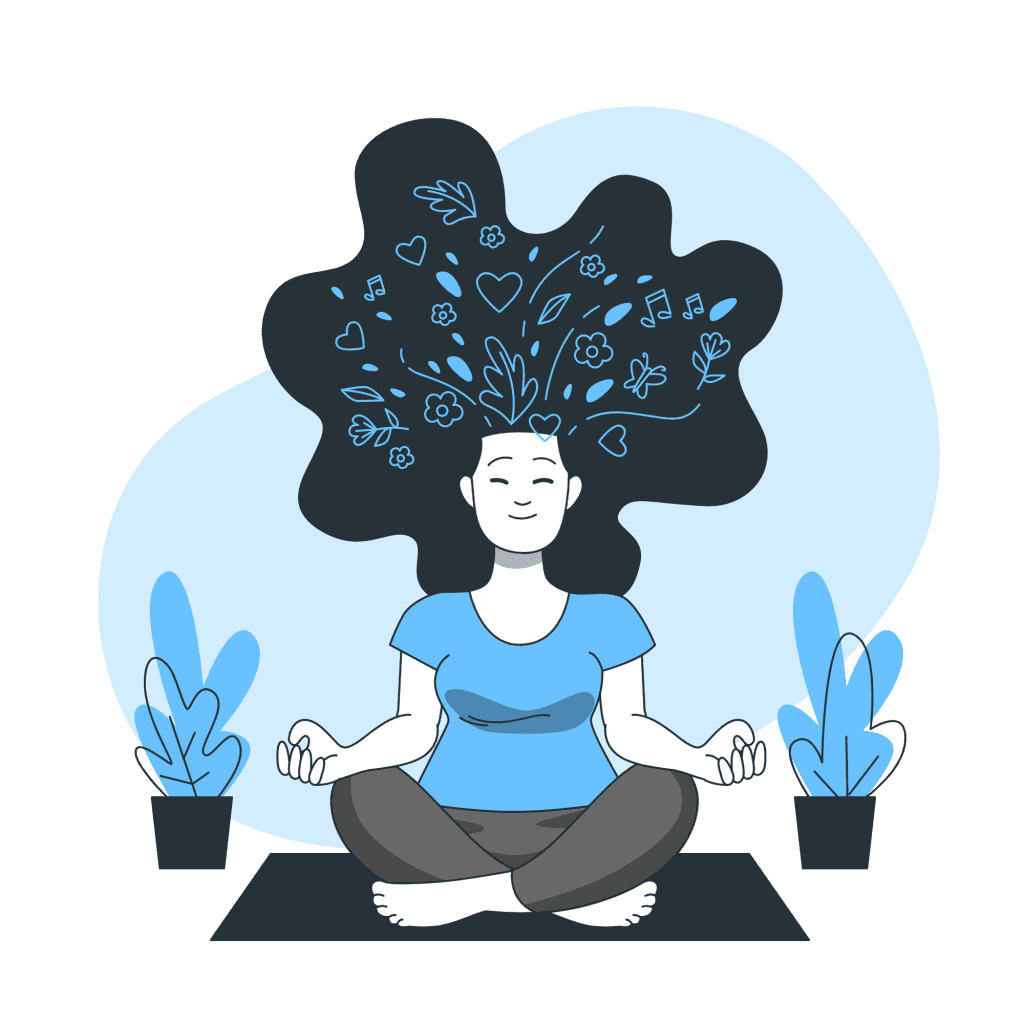
Mental health in the workplace refers to the psychological and emotional well-being of employees within their work environment. It encompasses how individuals think, feel, and cope with the demands, stressors, and challenges they may face in the workplace. A positive mental health environment is characterized by factors that promote emotional resilience, job satisfaction, and a sense of psychological safety.
Key components of mental health in the workplace include:
- Work-Life Balance: Encouraging a healthy balance between work and personal life is crucial. Employees who feel they have time for personal and family activities are more likely to experience positive mental well-being.
- Supportive Leadership: Leadership plays a significant role in promoting a mentally healthy workplace. Supportive leaders create an open and trusting atmosphere where employees feel comfortable discussing mental health concerns without fear of stigma or discrimination.
- Psychological Safety: Creating an environment where employees feel safe expressing their thoughts, ideas, and concerns without fear of retribution or judgment is crucial for mental health. This promotes open communication and problem-solving.
- Employee Recognition: Acknowledging and recognizing employees for their contributions promotes a positive workplace culture. Feeling valued and appreciated can positively impact mental health.
- Mental Health Resources and Support: Providing access to mental health resources, such as counseling services, Employee Assistance Programs (EAPs), and information on mental health awareness, demonstrates a commitment to employee well-being.
- Flexibility and Autonomy: Allowing employees some flexibility in their work schedules and providing autonomy in decision-making can contribute to a sense of control and reduce feelings of stress.
- Conflict Resolution: Implementing effective conflict resolution strategies helps manage interpersonal issues, reducing potential stressors in the workplace.
Workplace Wellness Tips and Ideas for Employees
1. Digital Detox Spaces

Digital Detox Spaces are designated areas within a workplace where employees can intentionally disconnect from digital devices and take a break from the constant barrage of emails, messages, and screens. These spaces are designed to provide a refuge from the digital demands of modern work life, promoting mental well-being and encouraging a healthier work-life balance.
Key features of Digital Detox Spaces include:
- Screen-Free Zones: These spaces are strictly designated as areas where the use of digital devices, including smartphones, laptops, and tablets, is not allowed. The goal is to create an environment free from the constant stimulation of screens.
- Reading Materials and Activities: To encourage a break from screens, Digital Detox Spaces may offer a selection of books, magazines, puzzles, or board games. These non-digital activities promote relaxation and mental rejuvenation.
- Quiet Zones: The spaces are designed to be quiet and peaceful, providing a contrast to the often bustling and noisy work environment. This tranquility allows employees to decompress and recharge.
- Meditation Areas: Some Digital Detox Spaces incorporate elements of mindfulness, such as meditation cushions, soft lighting, or calming decor. This encourages employees to practice brief mindfulness exercises to reduce stress.
- Nature Integration: Bringing elements of nature into these spaces, such as indoor plants or natural light, contributes to a calming atmosphere. Nature has been shown to have positive effects on mental well-being.
Also Read: 7-Day Digital Detox Challenge
2. Flexible Seating Arrangements
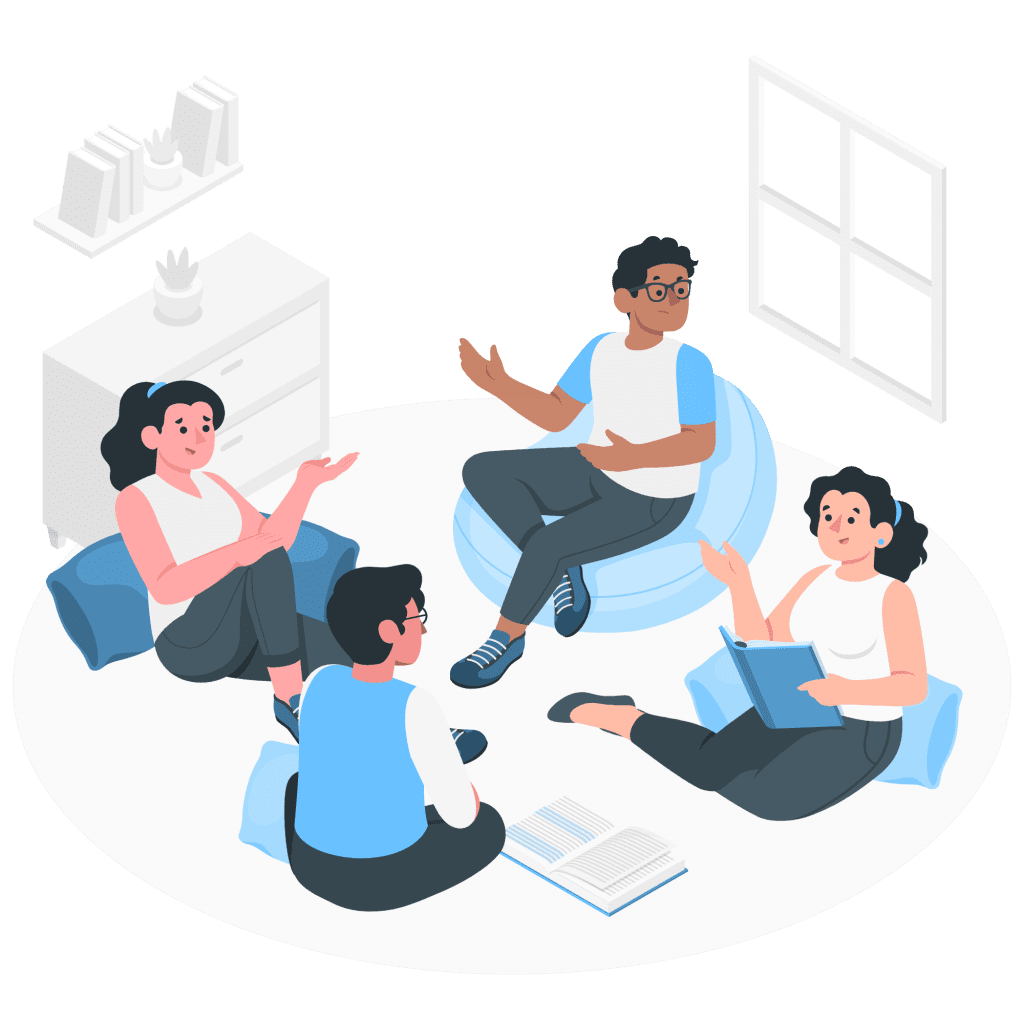
Flexible seating arrangements in the workplace refer to the practice of allowing employees to choose or adapt their workspace based on their preferences and needs. This approach goes beyond the traditional fixed desk and chair model, offering a variety of seating options and settings to accommodate different work styles and tasks.
- Flexible seating involves providing a range of workspaces, such as traditional desks, standing desks, lounge areas, collaborative spaces, and quiet corners. This allows employees to choose an environment that suits the nature of their work or their personal comfort.
- Hot desking is a common aspect of flexible seating, where employees do not have assigned desks. Instead, they choose a workspace when they arrive at the office. This can encourage collaboration, facilitate interaction among different teams, and optimize office space.
- Offering standing desks as an option promotes a more dynamic work environment. Employees can choose to stand or sit throughout the day, potentially reducing the negative effects of prolonged sitting and promoting better posture.
- Creating open areas with collaborative furniture, like sofas, shared tables, or open booths, encourages teamwork and creative thinking. These spaces are designed for group discussions, brainstorming sessions, or informal meetings.
- Providing easy access to power outlets and technology support ensures that employees can seamlessly transition between different workspaces without disruptions. This is particularly important in a digital and mobile work environment.
3. Sensory Spaces

Sensory spaces refer to carefully designed environments that stimulate and engage one or more of the human senses—sight, sound, touch, taste, and smell—to create specific experiences and promote well-being. These spaces are often used in various settings, including workplaces, schools, healthcare facilities, and public places, to positively influence individuals’ mood, focus, and overall sensory experiences.
Key elements of sensory spaces include:
- Sight: Visual elements such as colors, lighting, and artwork can impact mood and concentration. Sensory spaces may incorporate calming or energizing visual stimuli to create a desired atmosphere.
- Sound: Acoustic design plays a crucial role in sensory spaces. Consideration is given to controlling noise levels and incorporating soothing sounds or music to create a comfortable auditory environment.
- Touch: Tactile experiences can be incorporated through the use of various textures and materials. Soft fabrics, smooth surfaces, or interactive elements provide individuals with opportunities for tactile engagement.
- Taste: In certain settings, such as relaxation or break areas, the introduction of flavors or snacks can contribute to a holistic sensory experience. However, this is less common in workplace sensory spaces.
- Smell: Aromatherapy and pleasant scents can be used to influence mood and create a calming atmosphere. Scented elements may include essential oils, diffusers, or natural fragrances.
Sensory spaces are designed with specific goals in mind, such as stress reduction, improved focus, or relaxation. They are particularly relevant in contexts where individuals may experience high levels of stress or sensory overload, such as open offices, healthcare facilities, or educational institutions.
4. Nature Integration

Nature integration, also known as biophilic design or simply bringing nature into the workspace, involves incorporating natural elements into the built environment to enhance well-being and productivity. This concept recognizes the deep-seated human connection to nature and posits that incorporating natural elements into indoor spaces can positively impact people’s physical and mental health. This is particularly relevant in the context of workplace design, where employees often spend a significant portion of their time indoors.
Key aspects of nature integration in the workplace include:
- Indoor Plants: Introducing live plants into office spaces can improve air quality and create a visually appealing and calming atmosphere. Plants have been shown to reduce stress, increase creativity, and boost overall mood.
- Natural Light: Maximizing access to natural light is a fundamental aspect of nature integration. Exposure to natural light regulates circadian rhythms, enhances mood, and can contribute to better sleep patterns.
- Outdoor Views: Providing employees with views of nature, such as greenery or landscapes, can have a positive impact on their well-being.
- Natural Materials: Incorporating natural materials like wood, stone, or bamboo in the design of furniture and interior spaces can create a more organic and comfortable environment. This also contributes to a sense of connection with the natural world.
- Water Features: The sound of flowing water, whether through fountains or indoor water features, can have a calming effect and contribute to a more relaxed and peaceful atmosphere.
- Green Spaces and Outdoor Break Areas: Designing outdoor break areas with greenery and comfortable seating allows employees to step outside, get fresh air, and connect with nature during breaks.
- Walking Paths or Gardens: For larger workplaces or campuses, creating walking paths, gardens, or green spaces where employees can take short walks or engage in outdoor activities promotes physical activity and relaxation.
5. Skill Exchange Program
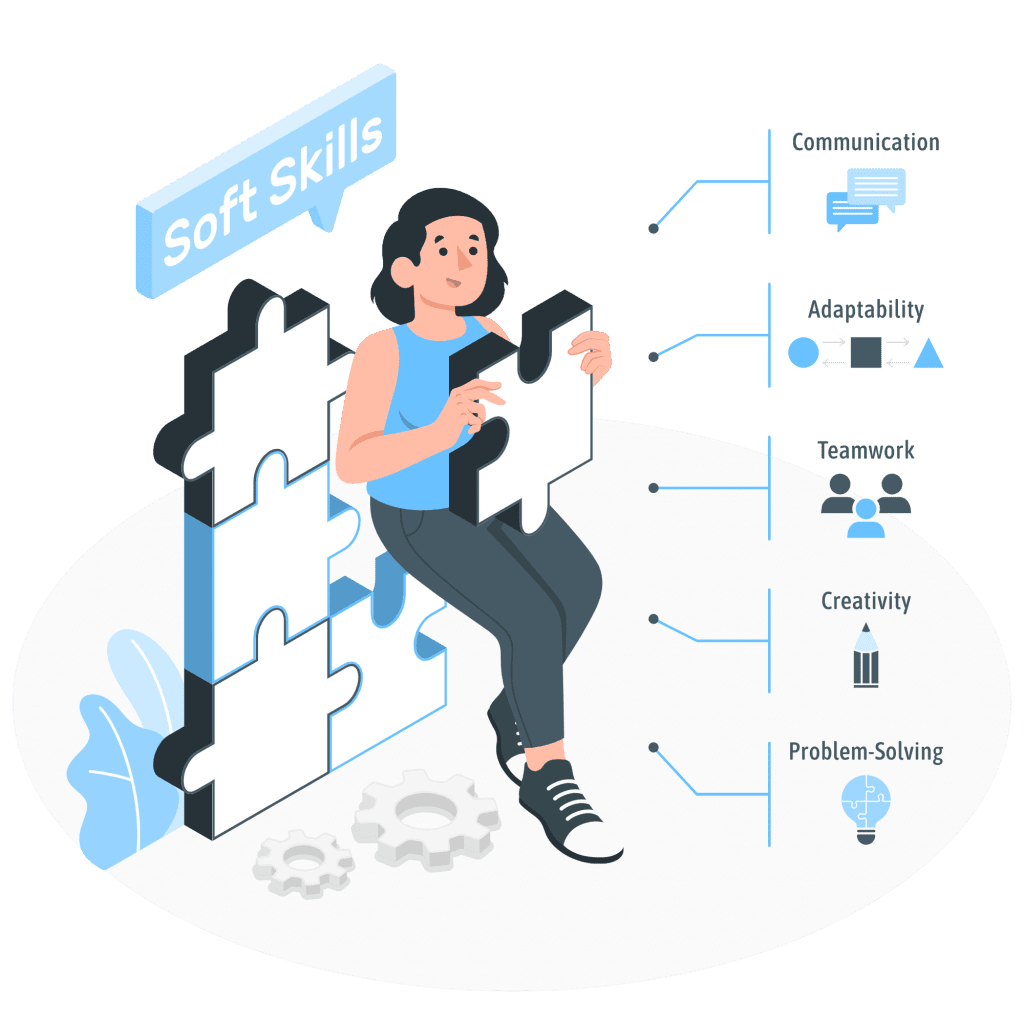
A Skills Exchange Program is a structured initiative within a workplace where employees have the opportunity to share and learn new skills from their colleagues. This program is designed to promote a culture of continuous learning, collaboration, and knowledge sharing among team members. The primary goal is to enhance the skill set of employees and promote a sense of community within the organization.
Process of Skills Exchange Program:
- Identification of Skills: The program begins with identifying the diverse skills and talents that employees possess beyond their job roles. This could include hobbies, personal interests, or expertise in certain areas.
- Skills Inventory: A skills inventory is created, cataloging the various skills and interests of employees who are willing to participate in the exchange program. This inventory serves as a reference for both organizers and participants.
- Matchmaking: Employees are then paired or grouped based on their skills and interests. The matchmaking process aims to connect individuals who want to learn a particular skill with those who possess expertise in that area.
- Learning Sessions: Participants engage in learning sessions where the expert employee shares their knowledge, whether it’s a hands-on demonstration, a presentation, or a collaborative project. This can take place during dedicated time slots, workshops, or as part of regular team meetings.
- Reciprocal Learning: The program emphasizes reciprocity, encouraging participants to share their own skills and expertise in return. This two-way exchange creates a culture of mutual learning and development.
- Feedback and Improvement: Regular feedback sessions help improve the program. Participants can provide insights into the effectiveness of the learning sessions, and adjustments can be made to enhance the overall experience.
Benefits of a Skills Exchange Program:
- Community Building: Employees get to know each other on a personal level, encouraging a sense of community and camaraderie within the workplace.
- Diverse Skill Development: Participants have the opportunity to broaden their skill set beyond their job requirements, making them more versatile and adaptable.
- Knowledge Retention: The program helps retain valuable knowledge within the organization, as employees share their expertise and experience with their colleagues.
- Cost-Effective Training: Compared to external training programs, a Skills Exchange Program can be a cost-effective way to provide continuous learning opportunities for employees.
- Innovation and Creativity: Cross-functional learning can lead to innovative problem-solving and creative solutions as employees bring diverse perspectives to the table.
6. Napping Zones

Napping zones, also known as nap rooms or nap spaces, are designated areas within a workplace where employees can take short naps during the workday. These spaces are designed to provide a quiet and comfortable environment for employees to rest and rejuvenate, enhancing their overall well-being and productivity. The concept acknowledges the potential benefits of short naps in improving alertness, cognitive function, and mood.
Key features of napping zones include:
- Comfortable Seating: Napping zones typically include comfortable seating options, such as recliners, lounge chairs, or even specially designed nap pods, to ensure employees can relax and rest effectively.
- Quiet Atmosphere: These areas are usually situated in quiet corners or rooms with minimal noise and distractions. Maintaining a serene atmosphere is essential for creating a conducive environment for napping.
- Dim Lighting: Napping zones often incorporate soft, dim lighting to create a calming ambiance. This helps signal to the body that it’s a relaxation space, enhancing the effectiveness of short naps.
- Time Limits: To prevent employees from oversleeping and disrupting their regular work schedule, napping zones may have time limits for naps, typically ranging from 15 to 30 minutes.
- Accessibility: Ideally, napping zones should be easily accessible to all employees. Placing them in central locations or near work areas allows for quick and convenient access when needed.
Also Read: Benefits of a Good Night Sleep
7. Tech-Free Breaks

Tech-free breaks refer to designated periods during the workday where individuals intentionally disconnect from electronic devices such as smartphones, computers, tablets, and other digital gadgets. These breaks are aimed at providing a mental and physical respite from the constant barrage of information, notifications, and screen time that has become prevalent in the modern workplace.
- The concept of tech-free breaks recognizes the potential negative impacts of prolonged technology use on mental well-being and productivity.
- Continuous use of technology can lead to digital fatigue, causing mental exhaustion and reduced cognitive performance. Tech-free breaks allow individuals to step away from screens, giving their eyes and minds a break.
- Be present in the moment and engage in mindfulness activities. Whether it’s taking a short walk, practicing deep breathing, or simply observing the surroundings, these breaks facilitate a mental reset.
- Without the distraction of devices, people are more likely to engage in face-to-face conversations during tech-free breaks. This can help in stronger interpersonal relationships and contribute to a positive workplace culture.
- Tech-free breaks provide an opportunity for physical activity, even if it’s just a brief stretch or a quick walk. Physical movement can help alleviate physical strain associated with prolonged sitting and contribute to overall well-being.
- Tech-free breaks establish boundaries between work and personal life. They allow employees to temporarily disconnect from work-related communications and create a healthier work-life balance.
- Encouraging employees to take tech-free breaks during meals promotes mindful eating. Instead of multitasking with devices, individuals can savor their food, leading to better digestion and overall satisfaction.
8. Wellness Check-Ins

Wellness check-ins are a proactive and supportive approach that organizations and managers take to assess and promote the well-being of their employees. These check-ins go beyond traditional performance evaluations and focus on the individual’s physical, mental, and emotional health within the workplace. The goal is to create an open dialogue about well-being, address any concerns or challenges, and provide support as needed.
How can managers support their subordinates?
- Managers may inquire about an employee’s overall health, both physical and mental. This could involve asking about stress levels, workload, sleep patterns, and any factors affecting the individual’s well-being.
- They may explore how employees are managing their workload, whether they feel overwhelmed, and if there are opportunities for adjustments to improve balance.
- They may ask about factors contributing to satisfaction or dissatisfaction, career aspirations, and whether the employee feels fulfilled in their role.
- Discussing opportunities for skill development and career growth is a key aspect. This could involve identifying areas for training, discussing career goals, and creating a plan for professional development.
- Managers inquire about the employee’s support system within the workplace. This includes addressing any challenges they might be facing and exploring ways to enhance their experience within the team.
- Acknowledging and appreciating the employee’s contributions is vital. Managers may provide positive feedback, recognize achievements, and discuss ways to further support the employee in their role.
- Reviewing and aligning individual goals with organizational objectives is part of wellness check-ins. This ensures that employees understand their role in contributing to the overall success of the team and the company.
9. Wellness Challenges with Rewards

Workplace Wellness challenges with rewards for employees are initiatives designed to encourage and motivate individuals to adopt and maintain healthier lifestyle habits. These challenges typically involve a variety of activities related to physical, mental, and emotional well-being, and participants earn rewards based on their level of engagement or success. The combination of a challenge and associated rewards creates a positive and competitive environment, fostering a culture of wellness within the workplace.
Here’s how these programs generally work:
- Diverse Wellness Activities: Wellness challenges cover a range of activities, including physical fitness, nutrition, mental health, and overall well-being. Examples might include step challenges, mindfulness practices, healthy eating initiatives, or stress reduction activities.
- Individual and Team Participation: Employees can participate as individuals or form teams, fostering a sense of camaraderie and teamwork. Team-based challenges can promote collaboration and create a supportive environment where colleagues encourage each other to reach wellness goals.
- Tracking and Measurement: Participants typically track their progress using various tools, such as fitness trackers, mobile apps, or manual logging systems. This allows both individuals and teams to monitor their achievements and stay motivated throughout the challenge.
- Incentives and Rewards: To motivate employees, rewards and incentives are offered based on various criteria. These can include meeting personal goals, achieving milestones, or participating consistently. Rewards may range from gift cards, extra vacation days, wellness merchandise, or even financial incentives.
- Customizable Challenges: Employers can tailor challenges to align with the unique needs and interests of their workforce. This ensures that the activities are engaging and relevant, increasing overall participation and enthusiasm.
10. Gratitude Wall
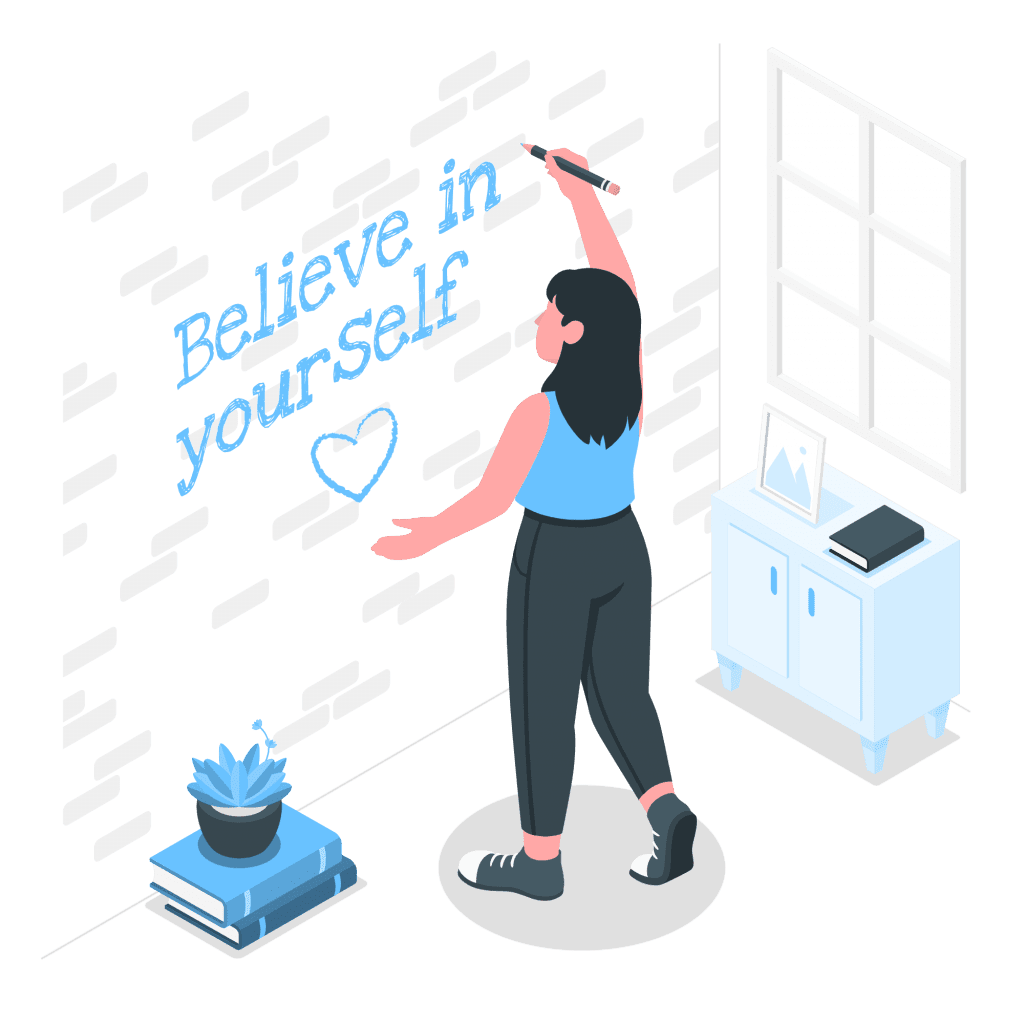
A Gratitude Wall is a physical or digital space where individuals within a community, organization, or team express and share their feelings of gratitude. It serves as a collective platform for people to acknowledge and appreciate the positive aspects of their lives, work, or relationships.
Here’s how a Gratitude Wall typically works:
Physical Gratitude Wall:
- In a physical workspace, the Gratitude Wall could be a designated bulletin board or an empty wall space.
- Employees are encouraged to write notes of gratitude on colorful sticky notes or cards.
- These notes can express thanks for a colleague’s support, appreciation for a positive work experience, or gratitude for personal or professional growth.
Digital Gratitude Wall:
- A digital Gratitude Wall can be created using collaboration tools, project management platforms, or dedicated apps.
- Team members can post messages, comments, or images expressing their gratitude for various aspects of work or life.
- Digital platforms allow for real-time contributions, making it accessible to remote teams and those working from different locations.
Themes and Celebrations:
- The Gratitude Wall can be themed for specific occasions, such as Employee Appreciation Day, company milestones, or seasonal festivities.
- Teams may choose to celebrate achievements, teamwork, or personal accomplishments by focusing on a particular theme for expressing gratitude.
Anonymous Contributions:
- Some Gratitude Walls allow for anonymous contributions, providing individuals with the option to express gratitude without revealing their identity.
- This can lead to more candid and heartfelt expressions of appreciation.
Read Further: Gratitude Meditation
Conclusion
Prioritizing the well-being of employees is paramount for having a healthy and productive work environment. The implementation of wellness tips for employees is a proactive step toward creating a workplace that values and supports the holistic health of its workforce.
Woliba, a pioneering platform dedicated to employee well-being, stands as a beacon in this endeavor. With its comprehensive resource library, Woliba provides a wealth of knowledge and guidance across various dimensions of wellness. From mental health insights to physical fitness routines, employees can access a rich repository of resources tailored to enhance their overall well-being.
Woliba doesn’t just offer wellness advice; it takes you through a curated wellness journey. The platform’s customizable wellness programs cater to the diverse needs and preferences of your workforce.
Create a customized wellness program that aligns with the unique dynamics of your team. Contact us now.

